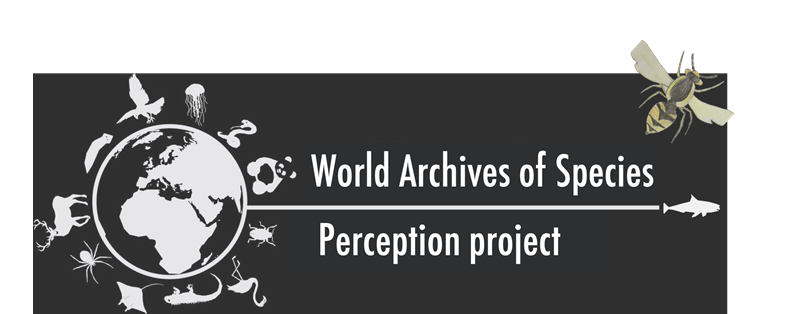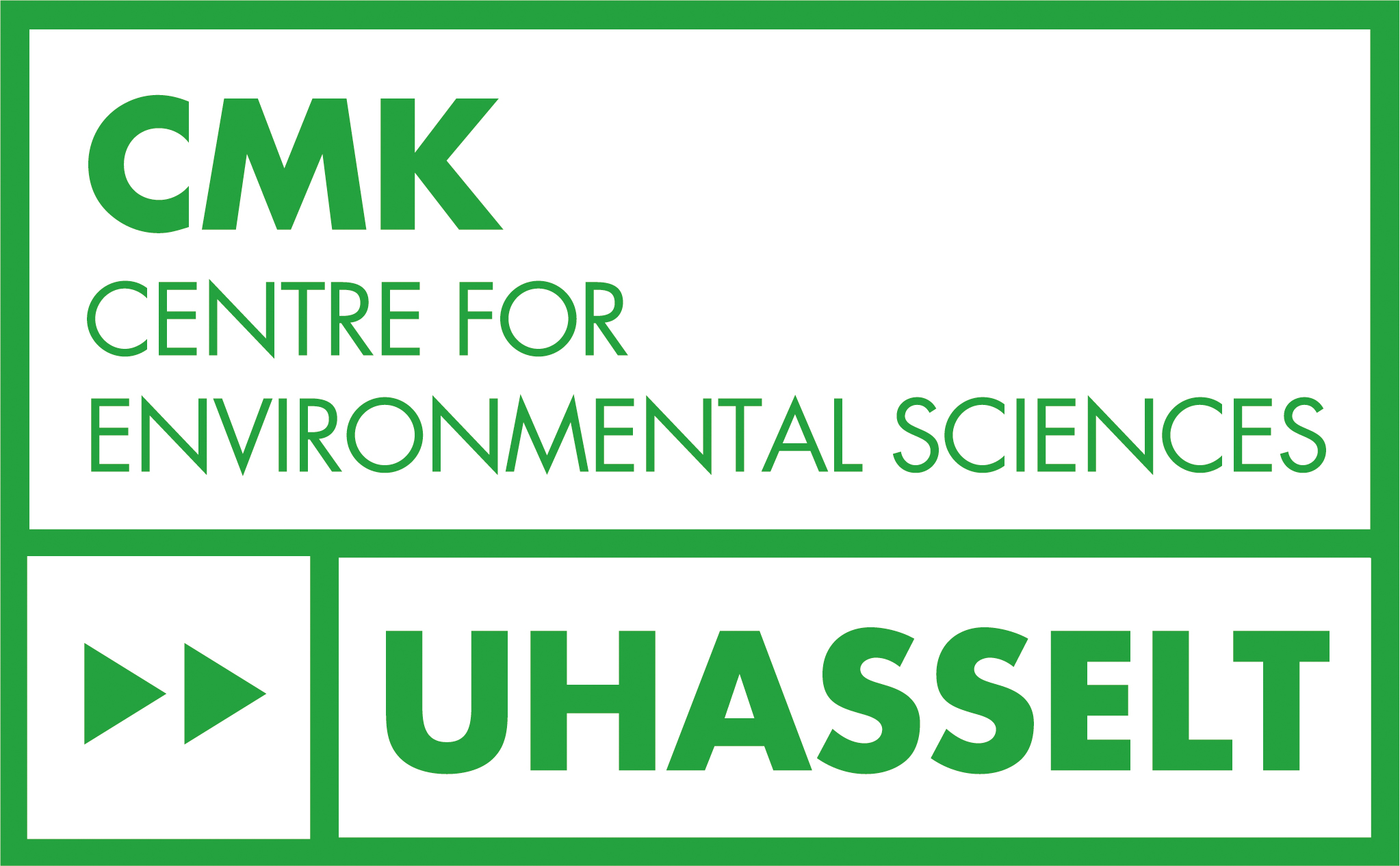WASP project

Certain species are better-known than others, or attract more public attention. Why this is the case, remains an open question, not to mention which impact this has on decisions regarding the management or protection of these animals. In any case, such impressions of certain species are not limited to the public at large: the phenomenon of animals being regarded as unequal, is also seen among professional scientists and policymakers. Research shows how national, financial or societal preferences for certain species steer conservation efforts, not always towards those species for which they are most needed.
In the “World Archives of Species Perception” (WASP) Project, we employ a citizen science approach to contribute towards a better understanding of the public perception of various animal groups, and of how this perception is linked to these animals’ traits and their role in society and in ecosystems.
In practice, we will first develop an interactive website where the general public can participate in an online choice experiment. Participants get offered pairs of animal pictures, among which they choose which animal they think is
- cuter
- more dangerous
- more endangered
- more important to the ecosystem.
To allow comparison with their actual conservation status, we will in a first step of the WASP project look only at animal species that have been assessed by IUCN (and for which a clear picture is available for use). The data from this choice experiment will allow us to verify whether different aspects of human perception of animals correlate with these species’ formal IUCN Red List status. In a later stage, we plan to use a machine learning algorithm in an effort to predict the public’s expected appreciation for a given animal picture. We are also very much interested to better understand how perception of animals differs across the globe (hence the “W” in WASP…). This is the pilot study for the WASP project. Later on, we intend to expand this approach by, for example, contrasting peoples views about the use and non-use values of certain groups of organisms with these species’ importance in terms of ecosystem services, to gain insight into how “forgotten taxa” are perceived.
The WASP Project is developed and executed by a team of researchers from Hasselt University in Belgium, specifically within the university’s Centre for Environmental Sciences (CMK). CMK harbors over 150 researchers. It strives to be an international academic leader in holistic, multi-, and transdisciplinary research regarding sustainability and the environment. Therefore, our institute is fertile ground for collaborations like the one underlying the WASP Project, where zoologists and social scientists join forces. Ultimately, CMK wants to provide robust science-driven advice to public and private stakeholders at various geographic levels. With this aim in mind, the WASP Project intends to help bridging the gap between biodiversity monitoring and biodiversity policy.
WASP Project Take the survey










